Did you know that your skin is your body’s largest organ, accounting for about 16% of your total body weight? It forms a protective barrier against pathogens while also regulating temperature and allowing for the sensations of touch, pain, and pressure. With a huge surface area of around 20 square feet in adults, the skin performs a wide range of vital functions.
Beyond just a protective cover, your skin is a dynamic, complex organ with many intriguing quirks. Read on to uncover 25 fun facts about skin you likely never knew. From why it wrinkles to how fast it replenishes itself, these fascinating facts will give you a deeper appreciation for this underrated organ.
#1 – Your skin regenerates itself every 27 days.
Skin cells on the outermost layer of the epidermis called the stratum corneum are constantly shedding and being replaced by new cells from below. This regeneration process takes about 27 days on average to complete a turnover cycle.
So essentially you have brand new skin covering your body every month. Pretty amazing when you think about it. Not only that, but over a lifetime, your skin regenerates itself close to 1,000 times.
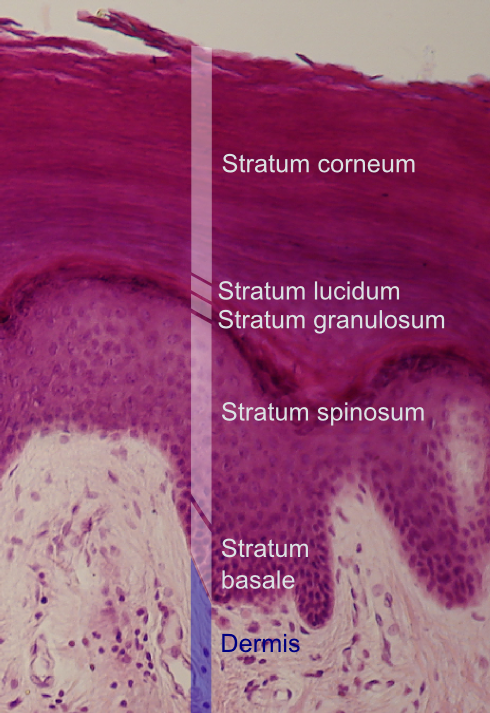
#2 – There are three distinct skin types: normal, oily, and dry.
Genetics determine whether you have normal, oily, or dry skin. Normal skin has good hydration and balanced sebum oil production. Oily skin generates excess sebum causing large pores and greasiness. Dry skin lacks sufficient moisture and oil leading to flakiness.
Knowing your skin type helps determine the best skincare routine. For example, dry skin benefits from rich moisturizers while oily skin does better with oil-free products.

#3 – Fun facts about skin: Your lips don’t have any melanin pigment.
This lack of protective melanin is why lips often appear reddish. Without melanin to shield against UV radiation, lips are also more prone to sun damage. Always use lip balm or lipstick with SPF protection when out and about outside.
The reason lips lack color is that the inside of the mouth continues as the inside surface of the lips with no change in cell type. The cells contain no melanin.

#4 – Skin is partially transparent, allowing some light through.
While it doesn’t seem like it, skin is actually translucent, not completely opaque. When light hits the skin, some gets reflected, some gets absorbed, and some gets scattered as it passes through the thin, outermost layers.
This translucency explains why veins often appear blue or green below the skin’s surface. Shorter wavelength blue light penetrates deeper than red or yellow light waves.
#5 – Your skin contains miles of blood vessels.
There are over 60,000 miles worth of blood vessels, including capillaries, distributed across the skin’s surface. Laid end to end, this vast circulatory network could wrap around the Earth twice.
Oxygenated blood nourishes skin cells while venous blood vessels drain waste and heat. This vascular system adapts to temperature changes and can redirect blood away from the skin to prevent hypothermia.
#6 – Fingertips have the highest concentration of touch receptors.
Your fingertips contain the densest collection of touch receptors in the body, specifically Meissner’s corpuscles, Merkel disc receptors, Pacinian corpuscles, and Ruffini nerve endings.
This high concentration of nerve endings allows the extreme sensitivity of fingertips for fine touch, vibration, textures, temperature, and detail. The palms contain a similar distribution of touch receptors, just less dense.

#7 – Fun facts about skin: The thickest skin is on the soles of the feet.
While the skin covering most of the body averages 2 to 3 millimeters thick, the sole of the foot thickens to 5 millimeters. This helps insulate and protect the underside of the foot from injuries.
Thick calluses build-up due to constant pressure. While not aesthetically pleasing, calluses do provide protection when walking barefoot.
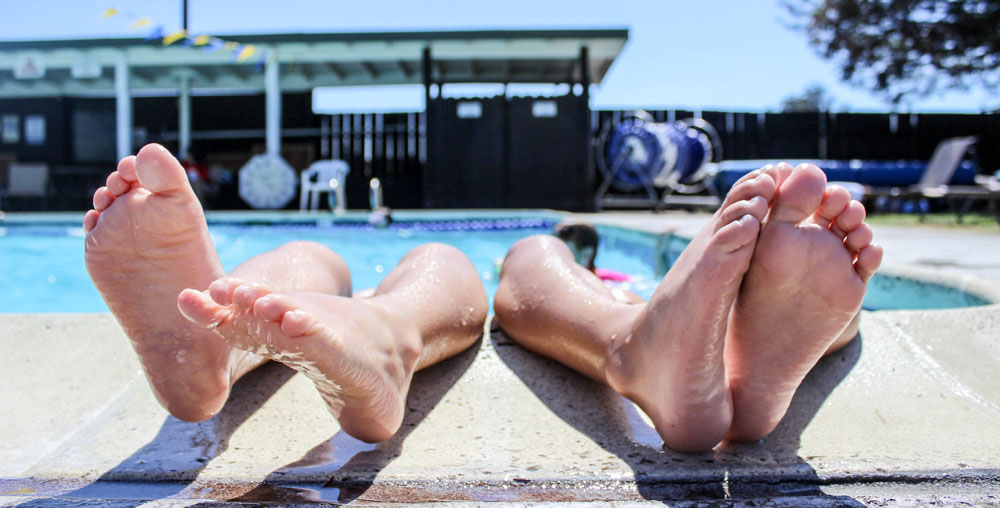
#8 – Skin accounts for 15% of total body weight.
Given the skin’s large surface area, spread out across the entire body, it is the heaviest organ weighing around 10 pounds on average. That accounts for about 15% of total body weight in adults.
To maintain this integrity over decades, skin production ramps up in puberty and then gradually declines with age.
#9 – Dead skin cells constantly shed as dander flakes.
That dust that accumulates around your home is primarily made up of microscopic flecks of dead skin called dander. Millions of skin cells are shed daily in this process of “desquamation”.
Dander is mainly comprised of keratin protein that sloughs off from the stratum corneum outer layer. Household dust is around 80% dead skin cells. Kind of gross, but now you know!
#10 – Sweat itself has no odor but bacterial breakdown causes body odor.
Sweat released from eccrine glands is made almost entirely of water with trace amounts of minerals, lactate, and urea. On its own, it’s virtually odorless.
But pungent body odors result when bacteria on the skin digest and break down sweat compounds. Washing with antibacterial soap and deodorant helps combat stench-causing bacteria.

#11 – Your skin accounts for 15% of your resting metabolism.
Here’s an example of how active your skin is: Around 15% of your body’s metabolism at rest goes towards running skin cell functions. This metabolic activity includes processes like new cell division, maintenance, and repair.
The skin works hard 24/7! Even while we sleep, it actively restores and replenishes itself.
#12 – Subcutaneous fat helps keep you warm.
Underneath the dermis skin layer lies a cushioning layer of subcutaneous fat. This body fat acts as insulation to maintain core temperature. Having more fat stored under the skin makes people more resilient in cold temperatures.
Conversely, the relative lack of subcutaneous fat can make lean, skinny people more prone to feeling cold.
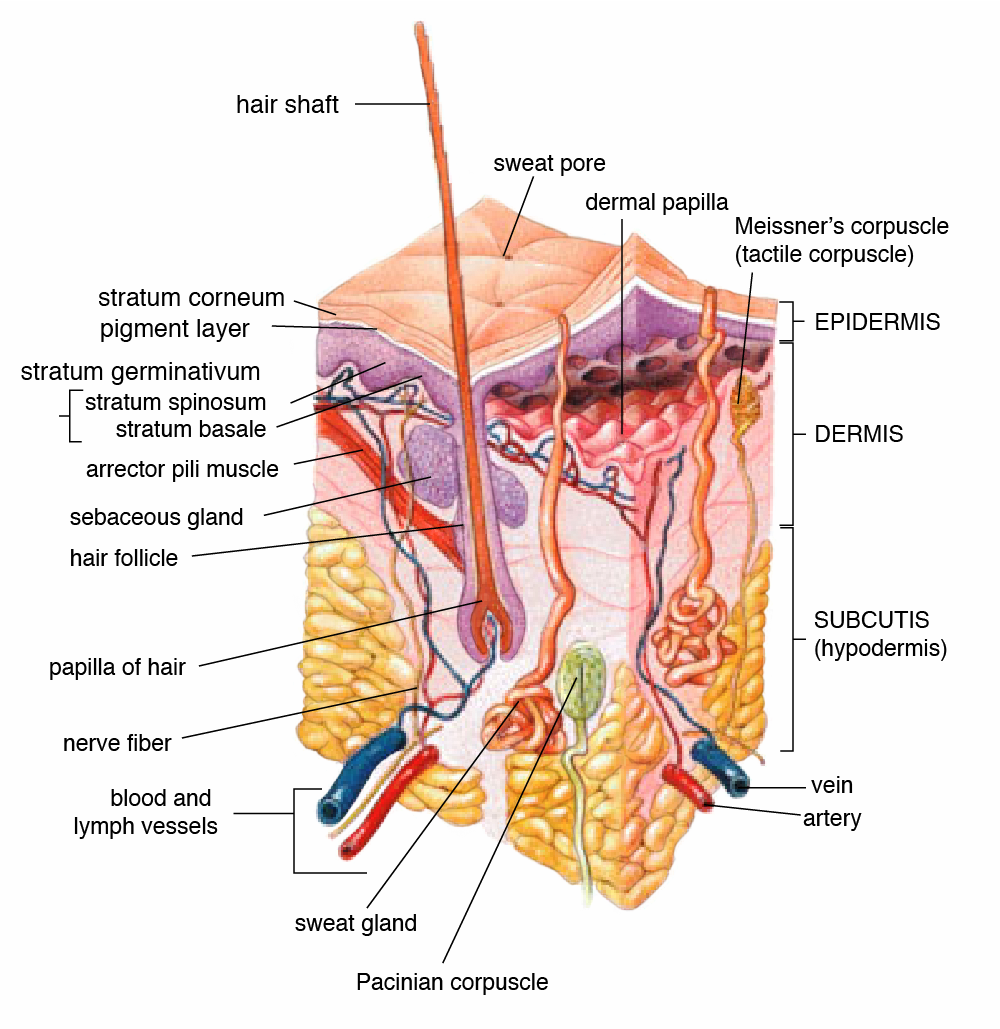
#13 – Your skin pH is mildly acidic, around 5.5.
Fun facts about skin: Healthy skin maintains an average pH of about 5.5, mildly acidic compared to pure water which has a neutral pH of 7. The acidity functions as a defense against pathogens and harmful microbes.
pH varies slightly between men and women. Acne, eczema, and dry skin disorders can disrupt the balance making skin too alkaline.
#14 – Skin can detect temperature changes in a fraction of a second.
Thermoreceptors in the dermis skin layer swiftly react to shifts in temperature. Specialized nerve sensors detect heat and cold in just 0.01 seconds!
This rapid feedback mechanism protects the body by immediately triggering a response like shivering or sweating. It also allows us to react quickly when touching hot objects before serious burns occur.
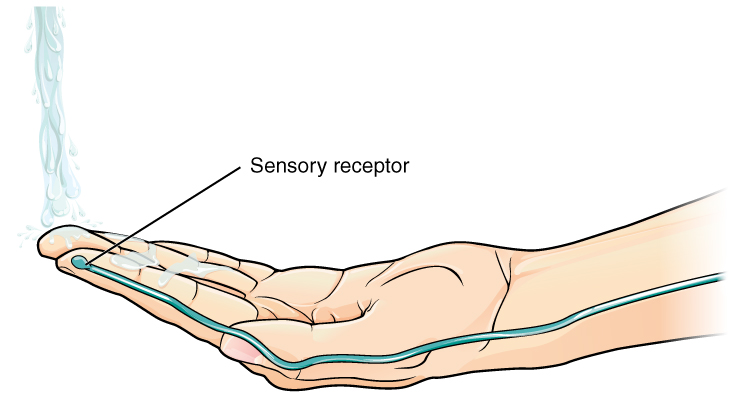
#15 – Your skin shrinks in the cold and expands in the heat.
When exposed to hot conditions, your skin’s elastic fibers allow it to expand to release excess heat. This swelling helps radiate body heat. But in frigid, cold temperatures your skin will contract to conserve body heat. Keep that in mind next time you visit Antarctica!
This explains phenomena like goosebumps in which hair follicles contract and cause the skin to pucker. The raised hairs trap warm air against the body.
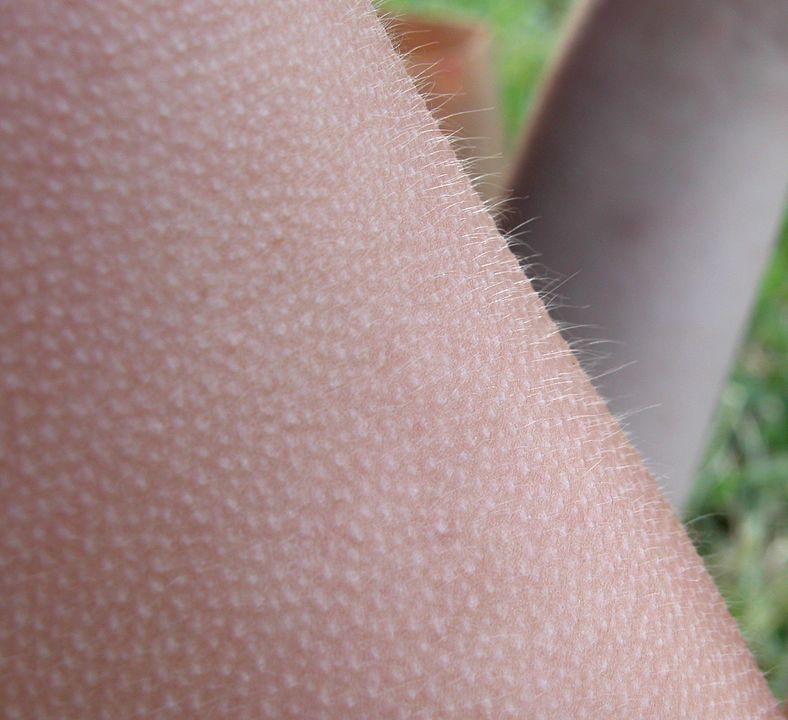
#16 – Skin has an acid mantle composed of oil and sweat.
The skin’s surface maintains a thin, acidic film called the acid mantle. This layer is made up of sweat, oils, and good bacteria that protect against contaminants. The acidity also inhibits the growth of harmful bacteria.
Washing too vigorously can compromise this protective barrier, especially with harsh soaps. This allows pathogens to penetrate and irritate the skin.
#17 – Your skin detects wetness and wrinkles to increase grip.
Glabrous skin on the palms and soles contains friction ridges called dermatoglyphs. The distinctive swirls and patterns improve grip when wet by channeling water away. This adaptive advantage helped early humans climb, forage, and use tools better.
When objects press against the skin, the prints temporarily flatten to increase contact which also improves grip. This morphing ability helps us hold and handle items.
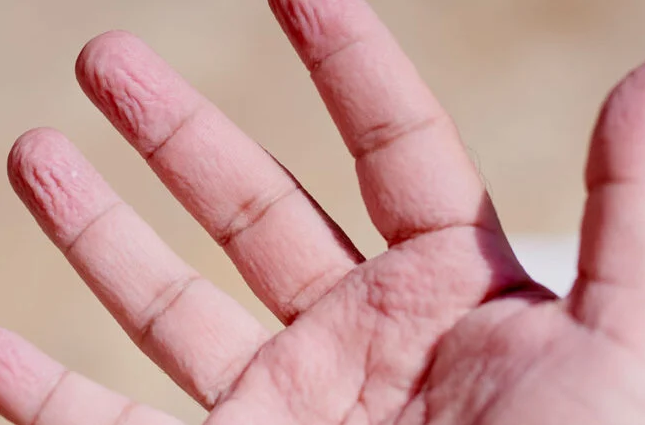
#18 – Skin cancer usually develops in the epidermis top layer.
The epidermis is where most skin cancers originate. This is because UV radiation directly damages the DNA of actively dividing epidermal cells called keratinocytes.
When these cells mutate into uncontrolled growth, it leads to common skin cancers like basal cell carcinoma, squamous cell carcinoma, and melanoma. Caught early, these are very treatable.
#19 – Your skin helps synthesize Vitamin D from sunlight.
When UVB rays from the sun hit cholesterol compounds in skin cells, this triggers the synthesis of pre-vitamin D. The liver and kidneys then convert this molecule into active vitamin D3.
Vitamin D promotes calcium absorption and bone growth. Moderate, regular sun exposure ensures adequate circulating vitamin D levels. Maybe a trip to Hawaii or Nevada are in your future?
#20 – Skin hydration levels vary greatly by geography.
People living in humid, tropical environments tend to have better-hydrated skin than those in dry desert climates. For example, people indigenous to the Amazon rainforest have skin moisture levels 70% higher than the skin of desert dwellers in Arizona.
This demonstrates the skin’s ability to adapt to local climate conditions to maintain protective barrier functions.
#21 – Your skin holds up to 20% of your body’s water.
The skin’s outermost layer, the stratum corneum, can hold around 12 to 30% of total body water. This moisture content is vital for skin elasticity, barrier functions, and youthful appearance. When water drops below 10% of total body weight, dehydration causes skin dryness, wrinkling, and dullness.
Keep the skin hydrated by drinking plenty of water and using moisturizing creams to seal in moisture.
#22 – Skin gets drier with age as oil production slows.
Aging skin gradually loses its ability to retain moisture and make oil. Sebaceous glands produce less sebum as we get older. This, along with reduced sweat output, allows more water to evaporate from the skin over time.
Skin dryness leads to problems like itchiness, flaking, cracking, and impaired healing. Applying moisturizers compensates for the loss of natural oils.
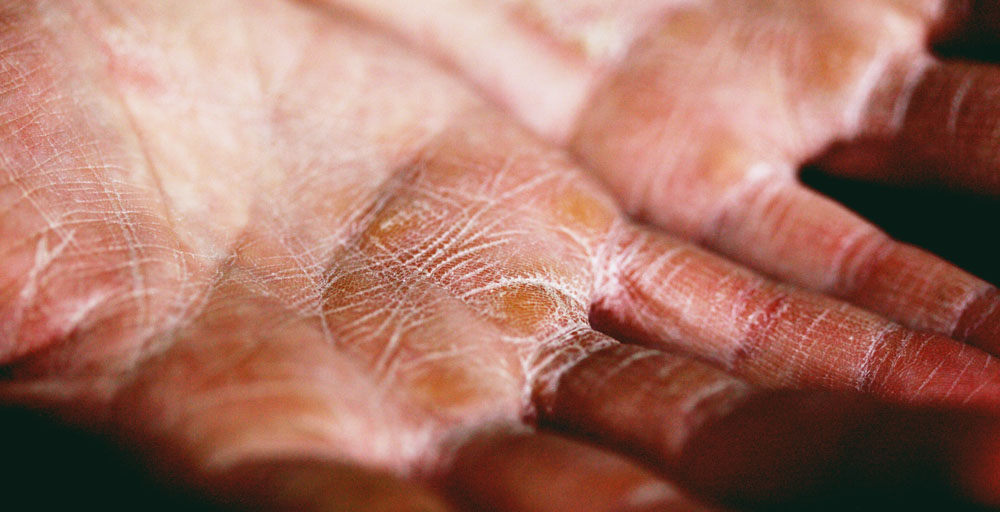
#23 – Your skin absorbs about 30% of skincare products.
When applied topically, only a fraction of skincare products penetrate beyond the surface. Most remain in the upper layers.
Smaller molecules like hyaluronic acid or retinol can penetrate more deeply than larger molecules like peptides or polymers. Manufacturer claims about absorption are often misleading.
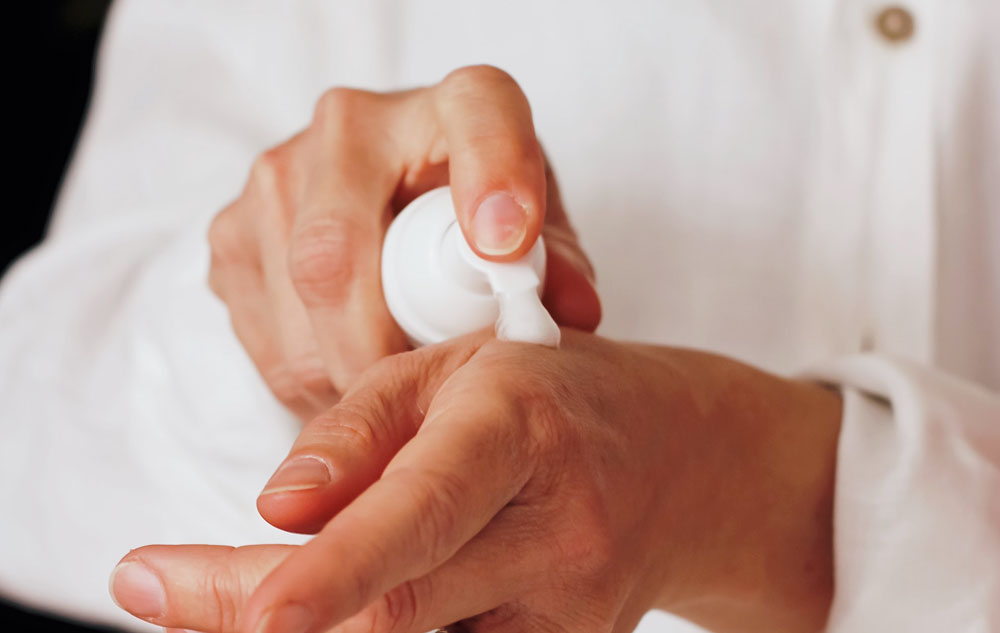
#24 – UV radiation degrades collagen and elastin proteins.
Chronic sun exposure causes cumulative damage to the collagen and elastin matrix supporting the skin’s dermis layer. When these protein structures break down, skin loses elasticity. This leads to sagging skin and wrinkles.
The formation of new collagen and elastin fibers also declines with age. Always wear sunscreen to limit UV damage.
#25 – Severe burns can destroy sweat and oil glands.
Deep second and third-degree burns damage deeper skin layers including sweat and sebaceous glands. This prevents areas scarred by severe burns from producing normal sweat and oils even after healing.
Since the skin cannot regulate temperature or moisture properly, burned areas remain chronically dry and prone to overheating. This underscores the importance of protecting skin from severe burns.
Fun Facts About Skin: Wrap Up
Your intricate skin organ is truly remarkable when you consider all of its capabilities and quirks. From its constant cycles of regeneration to its ability to synthesize vitamin D, the skin does far more than just provide a protective barrier. Hopefully, reading these 25 fun facts gave you a new appreciation for the skin covering your body. Please, take good care of your skin!


